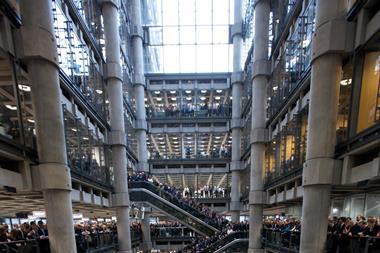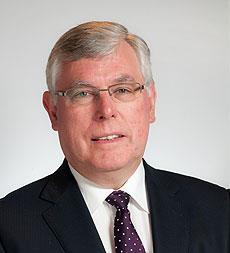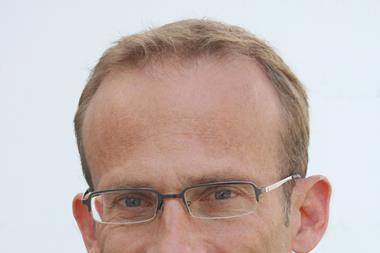Former broker Nicola Harvey was headhunted to manage risk for a client and moved on to Cable & Wireless and what is now Lloyd’s TSB. Now in her third year at fine art auctioneers Christie’s, she has to market her function in a culture where corporate process takes second place to precious objects...Read the full interview here
What’s the best thing about working for Christie’s?
The art. I’m not a connoisseur or an expert at all. But I do love the art. It’s a lovely, interesting place to work. Everyday, it’s like walking through a museum. And the uniqueness of the industry means it’s a fascinating business.
What are your biggest risks?
The sort of issues we could face are loss or damage to art and property. Theft is a possibility. We have to be sure that the property we are selling is not fake. Security is a big issue, we have a lot of former military personnel and police who work for us. They do active risk management on a daily basis, things like physical security, CCTV, guarding the exhibitions, making sure the appropriate precautions are taken in terms of carrying property and moving it between sites, physical fire protection and access control. Vetting is with the HR department.
Briefly describe your role and responsibilities?
The role I have is broad. I sit across the insurance and risk financing function as well as the enterprise risk management (ERM) piece. I get heavily involved in operations like security, legal and IT.
I also look after compliance, a lot of that is legal and to do with anti-money-laundering legislation and making sure we comply with import and export regulations. By the nature of our business those are the things that affect us. These days I spend more time on ERM and compliance.
How sophisticated is your ERM programme?
ERM could always be better embedded in most businesses. I think we are quite good at it but there’s still a fair bit of work to do to get that embedded and really part of the everyday business. Our ERM structure is quite unique. The group risk team in Lloyd’s was around 90 people in comparison. That’s a massive risk infrastructure, people understood it. But generally it’s not like that in other organisations.
What skills have been really useful to you in your career?
Technical skills are always important. But risk managers need to have good communication skills.
Boards just want to see a summary of the issues. They don’t want a 20-page report to sign off.
Written and verbal communications are really important. Use simple language and don’t over-complicate things.
Who do you report to in your organisation?
I sit within legal and risk so at the moment I report to the general counsel but we’re in the process of restructuring. I think that’s quite a good home for risk management, because this way it is not seen as a purely insurance function but it’s looked at as a broader function, which is probably how it should be seen. But I don’t think there’s a right and a wrong answer.
For the full interview see the May issue of StrategicRISK


















